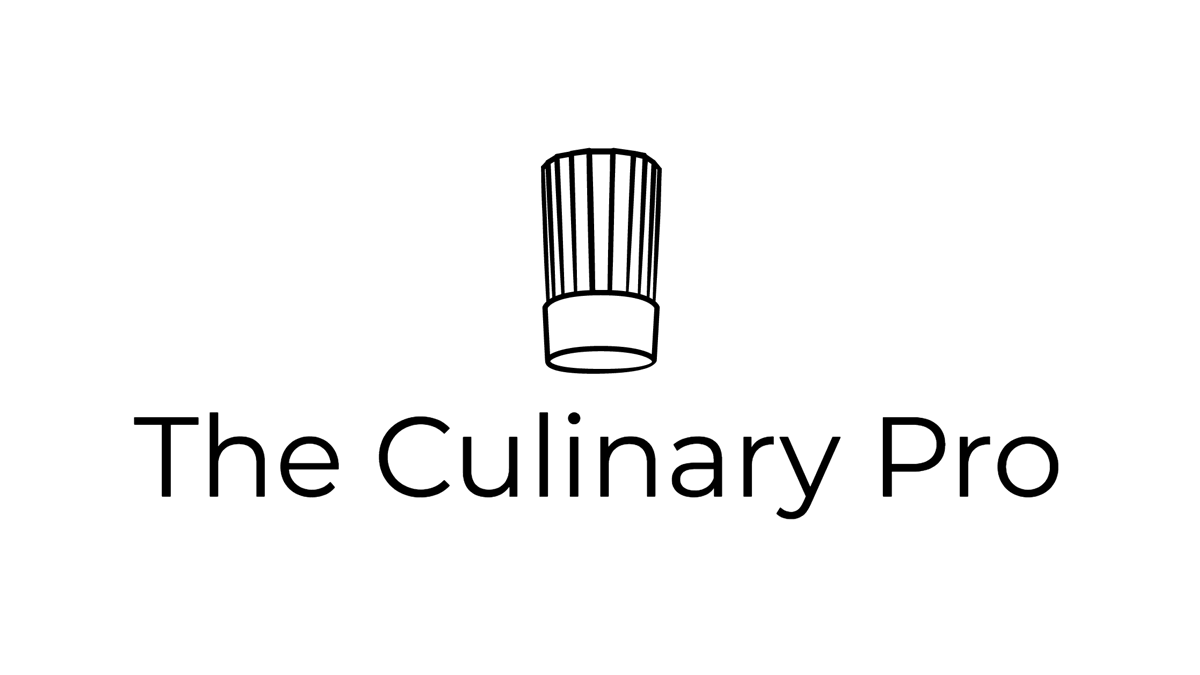Moist Heat Vegetable Cooking Methods
Vegetables are cooked to develop texture and flavor and to preserve their color and nutrients. Cooking vegetables activates flavor molecules and creates textural changes, so understanding how they react to heat and applying the best method will maintain their quality. The choice of cooking method depends on vegetable classification (root or tuber, fruit, stem, bulb, or leafy vegetable) and its use in the final dish.
Moist Heat Cooking Methods
Moist heat methods include blanching and shocking, boiling, steaming, glazing, and stewing or braising. They are considered some of the healthiest and simplest ways to cook vegetables. Some moist heat methods, like blanching and boiling, are mise en place steps that precede their final prep. Maintaining proper color and texture is a primary concern when using these methods. Generally, the shortest and fastest means of cooking will preserve the most color, texture, and nutrients.
Blanching and Shocking Method
Vegetables are often started by the moist-heat method, known as “blanching and shocking” (or “refreshing”), and then finished by other methods, such as sautéing, glazing, or deep-frying. Blanching, the first step in this two-stage process, acts as a preservative by deactivating enzymes that turn plants soft, brown, or otherwise unsavory. While tender leafy greens need only a few seconds to set their color, other vegetables, including green beans and carrots, need longer cooking time to tenderize and make them digestible. “Shocking” or “refreshing” the vegetables in an ice water bath stops the cooking process, which then sets and preserves their color and texture.
Bring the water to a rolling boil, and have an ice water bath ready before dropping the vegetables into the pot. Avoid overloading the pot, which causes the water temperature to drop. This creates a longer recovery time for the water to return to a boil, resulting in flavor and color loss. Drain immediately, cool quickly in ice water, and remove from ice water immediately to preserve flavor, texture, and nutrients.
Poaching Method
Poaching is a low-heat cooking method (180-190˚F/82-90˚C) in aromatic liquids such as court bouillon, stock, broth, milk, coconut milk, juice, butter, or oil. Butter poaching and oil poaching use hot fats, between 160-190˚F/70-90˚C. Poaching is used for hearty root vegetables with stable pigment colors, including carrots, parsnips, rutabagas, and turnips. Vegetables, including fennel, onions, artichokes, and leeks, are also cooked in this style. Poaching requires more cooking time, from 10 minutes up to an hour, depending on the type and size of the vegetable.
See the Meat, Poultry, and Seafood Cooking Chapter for more information on poaching.
Sous Vide Method
Cooking by the sous vide method is done in a vacuum package, with an immersion circulator or hot water bath, at 190 °F / 90 °C. The vegetables are trimmed, lightly seasoned, oiled, and sealed. The cooking temperature and method are like poaching. The advantage of vacuum packaging is that it locks in all the flavors of the vegetables. The process can be used for any vegetable. See the “Sous Vide” section of the book in the Meat, Poultry, and Seafood Cooking Chapter for more details.
Steaming Method
Steamed foods are considered the healthiest because, when done correctly, they retain more nutrients. Unlike the boiling process, there is also no flavor or texture loss. The simplest method for steaming foods is to place the ingredients on a rack over boiling water, cover them tightly, and cook them over a stove. This can be done with a pot or steam table pan with a perforated insert and a tight-fitting lid. Convection steamers are also used in many food service operations for practical and efficient large-scale cooking. Finish with fresh herbs, butter, oil, or a prepared marinade.
